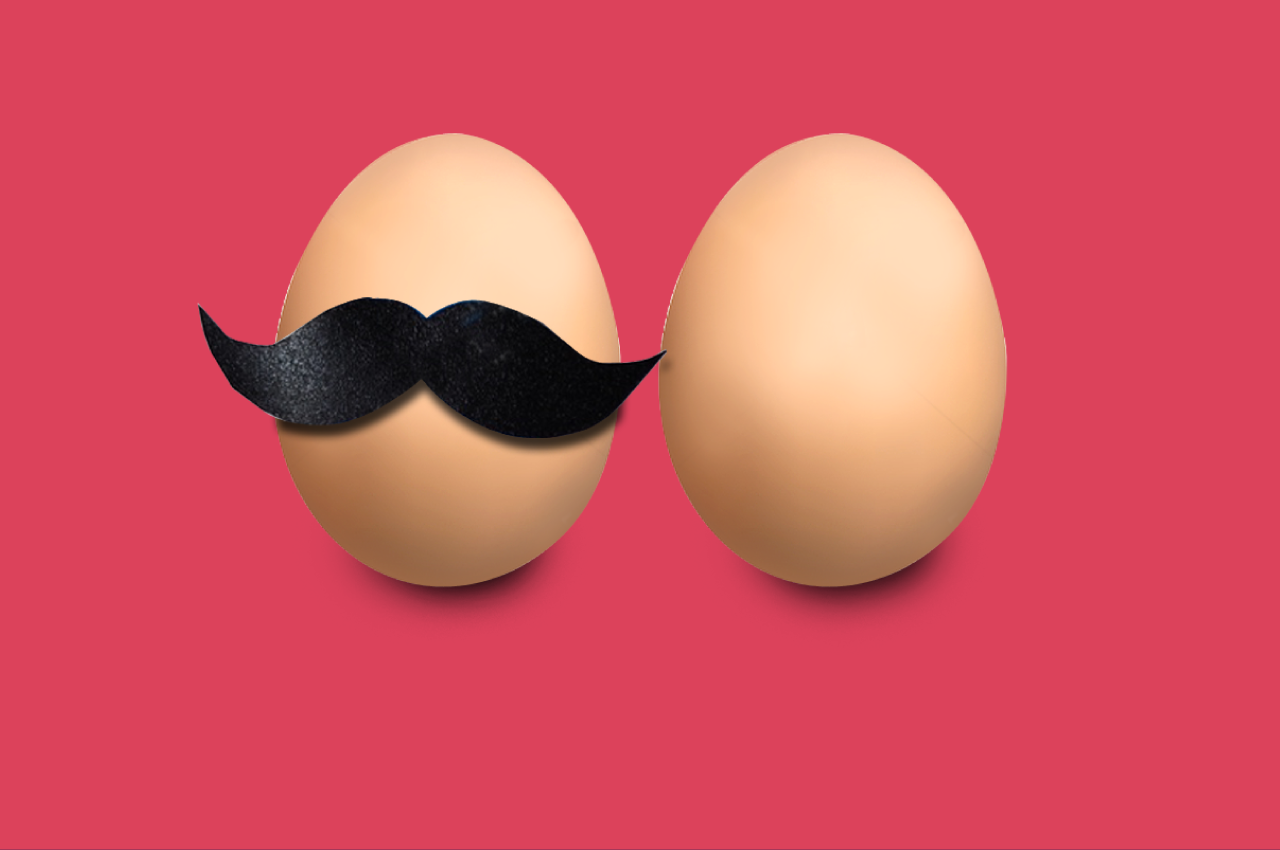At his peak, Lance Armstrong was considered one of the greatest athletes of his time. He was fit, healthy, ate well, slept well, didn’t smoke, didn’t drink, and obviously spent a lot of time in nature. Yet in 1996 he was diagnosed with advanced testicular cancer. Armstrong may have fallen from grace following his doping confession, but his cancer diagnosis put the spotlight firmly on the idea that cancer really can happen to anyone.
Testicular cancer is the most common type of cancer to affect young men between the ages of 15 to 39. In South Africa the lifetime risk of a diagnosis is low, and with only about 10% of these cases being linked to a genetic risk or family history of the disease. However this still means that as long as you have testes, you could be at risk.
While you may be advised to have a prostate check-up from age 40, or your colon checked from age 50, there is no such routine screening test for testicular cancer. The only way testicular cancer can be detected early is through regular testicular self-examinations.
Statistics suggest that the rate of men diagnosed with testicular cancer has doubled in the last 50 years. One of the main reasons for this is that men simply aren’t checking themselves often enough. One study found that 86% of men had not done a testes check in the past year, with only 3% doing them monthly.
How to become besties with your testes
- Regardless of your age, start checking your testicles once a month. The more familiar you become with the size, shape and feel of your testicles, the easier it will be for you to identify if something changes. Do it after a warm shower when the scrotum is most relaxed.
- What’s normal, what’s not?
-
- Most men’s testicles are about the same size, but it’s common for one to be slightly bigger than the other. It’s also common for one testicle to hang lower than the other.
- The testicles should feel smooth, without any lumps or bumps, and firm but not hard. You may feel a soft tube at the back of each testicle, which is called the epididymis.
- Examine one testicle at a time. Use both hands to gently roll each testicle (with slight pressure) between the fingers. Place the thumbs over the top of the testicle, with the index and middle fingers of each hand behind the testicle, and then roll it between the fingers.
- Feel for any lumps or bumps along the front or sides. Lumps may be as small as a piece of rice or a pea.
- Also look out for any swelling, changes in the size of a testicle, a change in the colour of the scrotum, or any pain or achy areas in the groin. These should all be investigated by your doctor.
We tend to think cancer is something that happens to someone else. Until it isn’t. While there are a large number of cancers that are linked to unhealthy lifestyles, sometimes there can be no risk factors at all. This is what makes early screening and detection for diseases like testicular cancer so important.
References
Struggling to grow a Mo?
Since its humble beginnings in Australia back in 2003, Movember has grown to become a global movement, inspiring millions to participate in official campaigns in more than 20 countries, and funding more than 1,250 men’s health projects around the world.
To create awareness, and to support conversation and education about men’s health, Movember uses the manly moustache as a fitting alternative to the pink ribbon used for women’s health. While the focus may have become all about the best mo you can grow, the message behind the movement is clear: men, take charge of your health! Watch below or CLICK HERE to watch the video.



